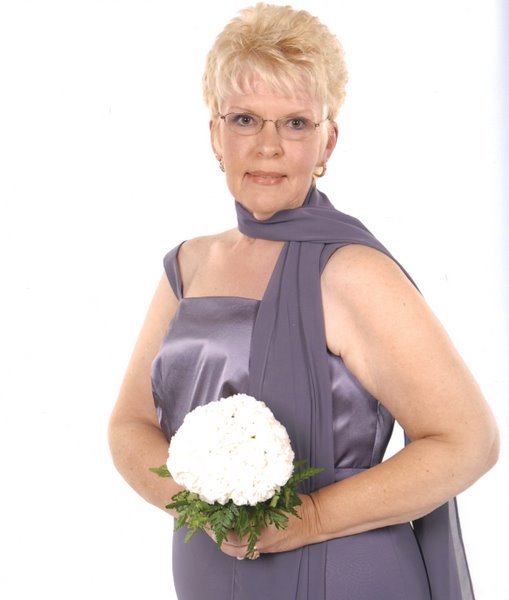My Grandfather Arthur Karklins was the director of this Opera House before the war.When they came to the U.S. he continued with his entertaining abilities. They continued to have Latvian Theater and opera. I was lucky enough to watch, to see and hear

The Latvian National Opera is the biggest and best musical theater in the country. Recognized as a living national treasure since its founding in 1918, Latvian National Opera at once became the center of Riga's musical activity. Great masters, multinational personalities and generations of talent have molded the Latvian National Opera's history. They preserved the craft and traditions of diligent work, raised artistic standards to new heights and cultivated the opera audience. During less than a century of the prolific work the repertoire of the theater embraces all the opera masterpieces. No 19th century German, Italian, French or Russian opera is left unstaged. The 20th century is represented by such outstanding composers as Strauss, Albert, Schilling, Krenek, Reinberger, Wolf-Ferrari, Cilea and Janacek. The company pays great attention to the preservation of national tradition and culture. Original Latvian opera and ballet productions by Janis Medins, Jazeps Medins and Janis Kalnins graced the repertory. Nowadays the LNO Opera Company is a group of artists known all over the world due to the bright voices of the soloists and smooth timbre of the chorus, the outstanding performances and high artistic level of the troupe.
But the Latvian National Opera is famous not only for its operas, but for its ballet troupe as well. The Ballet Company of the LNO or the so-called Riga Ballet is world-renowned for its soloists Michael Barishnikov, Aleksandr Godunov, Maris Liepa and many others. Professional Latvian ballet began developing in 1919 as a part of the National Opera company. In 1922 the very first ballet performance in Riga, P.L. Hertel's "Love In Vain" was shown to the public. The art director and the inspirer of a first permanent ballet troupe was Marinsky Theatre ballet teacher and director Nikolai Sergeyev. Ex-Marinsky Theatre prima ballerina and outstanding ballet dancer Alexandra Fyodorova solidified the base of the new-born Riga Ballet. The LNO Ballet Company has evolved into a group of artistically brilliant and technically strong performers who work really hard to show to the world audience their interpretations of both classical and contemporary choreography, combining the best tradition of world ballet and the unique national character.
--------------------------------------------------------------------------------
Address: Aspazijas Blvd., 3
Phone: 371-7073777
Copyright 2003-2007 Optima Tours
All rights reserved.

The Latvian National Opera is the biggest and best musical theater in the country. Recognized as a living national treasure since its founding in 1918, Latvian National Opera at once became the center of Riga's musical activity. Great masters, multinational personalities and generations of talent have molded the Latvian National Opera's history. They preserved the craft and traditions of diligent work, raised artistic standards to new heights and cultivated the opera audience. During less than a century of the prolific work the repertoire of the theater embraces all the opera masterpieces. No 19th century German, Italian, French or Russian opera is left unstaged. The 20th century is represented by such outstanding composers as Strauss, Albert, Schilling, Krenek, Reinberger, Wolf-Ferrari, Cilea and Janacek. The company pays great attention to the preservation of national tradition and culture. Original Latvian opera and ballet productions by Janis Medins, Jazeps Medins and Janis Kalnins graced the repertory. Nowadays the LNO Opera Company is a group of artists known all over the world due to the bright voices of the soloists and smooth timbre of the chorus, the outstanding performances and high artistic level of the troupe.
But the Latvian National Opera is famous not only for its operas, but for its ballet troupe as well. The Ballet Company of the LNO or the so-called Riga Ballet is world-renowned for its soloists Michael Barishnikov, Aleksandr Godunov, Maris Liepa and many others. Professional Latvian ballet began developing in 1919 as a part of the National Opera company. In 1922 the very first ballet performance in Riga, P.L. Hertel's "Love In Vain" was shown to the public. The art director and the inspirer of a first permanent ballet troupe was Marinsky Theatre ballet teacher and director Nikolai Sergeyev. Ex-Marinsky Theatre prima ballerina and outstanding ballet dancer Alexandra Fyodorova solidified the base of the new-born Riga Ballet. The LNO Ballet Company has evolved into a group of artistically brilliant and technically strong performers who work really hard to show to the world audience their interpretations of both classical and contemporary choreography, combining the best tradition of world ballet and the unique national character.
--------------------------------------------------------------------------------
Address: Aspazijas Blvd., 3
Phone: 371-7073777
Copyright 2003-2007 Optima Tours
All rights reserved.































